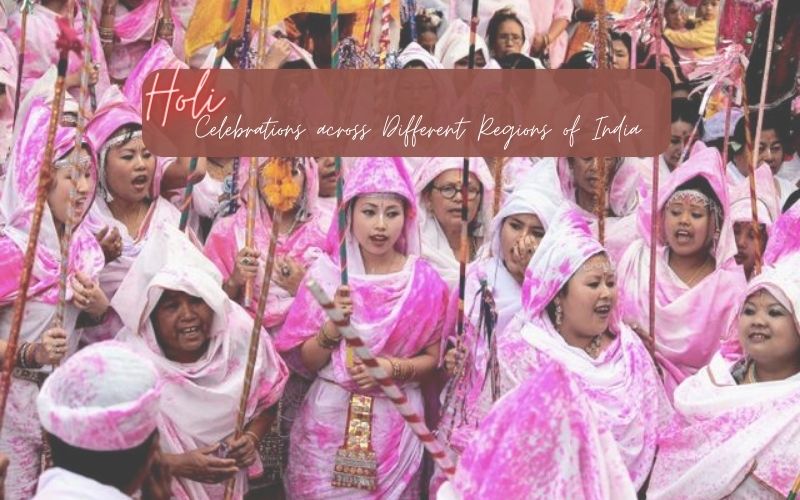
Holi Celebrations across Different Regions of India
Holi is a
festival of colors and is celebrated in different parts of India with great
enthusiasm and zeal. Here are some of the ways Holi is celebrated in different
regions of India:
North India: Holi celebrations in North India are
famous for their grandeur and enthusiasm. People here start the celebrations by
lighting a bonfire the night before the festival, known as HolikaDahan. On the
day of Holi, people play with colored powders and water. Traditional dishes
like gujiya, mathri, and dahibhalla are prepared and shared with friends and
family.
South India: In South India, Holi is celebrated as
a two-day festival. On the first day, people light a bonfire and perform
prayers. On the second day, people play with colors and water. A special dish
called 'Holige' is prepared, which is a sweet pancake filled with coconut and
jaggery.
West India: Holi celebrations in West India are
known for their energetic dance and music performances. People here also light
a bonfire the night before the festival and play with colors and water on the
day of Holi. Special delicacies like thandai, puranpoli, and shakkar para are
prepared and shared with loved ones.
East India: In East India, Holi is celebrated as
'Dol Purnima'. People celebrate by playing with colors and water and also
dancing to traditional music. A special drink called 'bhang' is consumed during
the celebrations. Traditional dishes like 'luchi-aloordum' and 'payesh' are
prepared and shared.
Overall, Holi
is celebrated in different parts of India with different customs and
traditions, but the spirit of the festival remains the same - to celebrate the
triumph of good over evil and spread joy and happiness.
Here are a few Indian destinations that attract
numbers of visitors every year during ‘Holi’ for their vibrant celebrations:
Holi in Barpeta, Assam: In Barpeta, Holi is
celebrated as a religious festival and is known as 'Phakuwa' or 'Doul'. The
celebrations begin a week before the actual day of Holi. People sing and dance
in “Holi Geet” and offer prayers to Lord Krishna.
On the day of Holi, people play with colors and
water, and a special sweet called 'pitha' is prepared. The celebration in
Barpeta is unique as it involves the performance of traditional Bhaona plays,
which depict scenes from the life of Lord Krishna. These plays are performed by
local artists and are enjoyed by people of all ages.
Holi in Mathura, Uttar Pradesh: Mathura, the
birthplace of Lord Krishna, is famous for its Holi celebrations. The festival
is celebrated for over a week and is known as 'Lathmar Holi'. Women playfully
hit men with sticks, and men protect themselves with shields. The playful
hitting symbolizes the teasing of Radha by Lord Krishna and his friends.
On the day of Holi, people play with colors and
water, and the streets are filled with music and dance. The celebration ends
with a grand procession of Lord Krishna and Radha, which is accompanied by
music and dance.
Holi in Jaipur, Rajasthan: In Jaipur, Holi is celebrated
as a two-day festival. On the first day, people light a bonfire and perform
rituals to ward off evil spirits. On the second day, people play with colors
and water and enjoy traditional food and drinks like 'ghevar' and 'thandai'.
The celebration in Jaipur is unique as it involves
the performance of folk dances like 'Gair' and 'Chakri'. People also dress up
in colorful traditional attire and visit their friends and family to exchange
sweets and greetings.
The festival of Yaoshang or Holi
is considered one of the major festivals of Manipur. The five-day-long
celebration begins with the burning of ‘yaoshang’ (a small thatch
hut/straw hut) which is constructed with bamboo and straws on the first
day. Come nightfall, the local children dress in traditional attire and
visit every house in their neighbourhood to collect the festive lucky money.
This is called nakatheng in
meetei language. This money is used to organize a grand feast few days after
the festival. The festivities also include - ThabalChongba (a dance event), ’Pala
Eshei’ (devotional songs) ShumangLeela (a traditional theatre play) along with
the usual plays with colours and pichkaris.
Overall, Holi
celebrations in different parts of India have their unique customs and
traditions that make the festival more diverse and vibrant.
Disclaimer: The opinions expressed in this article are those of the author's. They do not purport to reflect the opinions or views of The Critical Script or its editor.

Newsletter!!!
Subscribe to our weekly Newsletter and stay tuned.



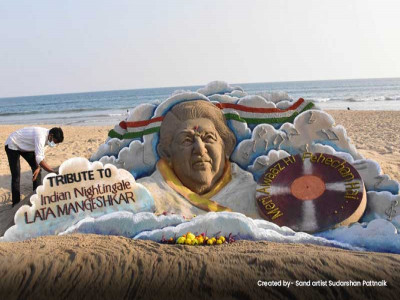
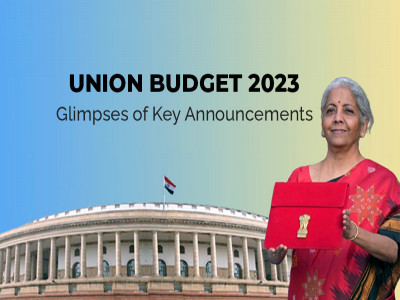
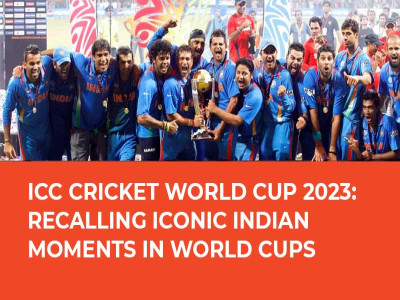
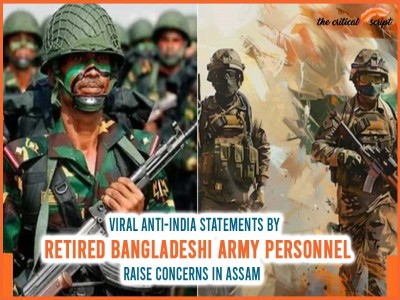










Related Comments